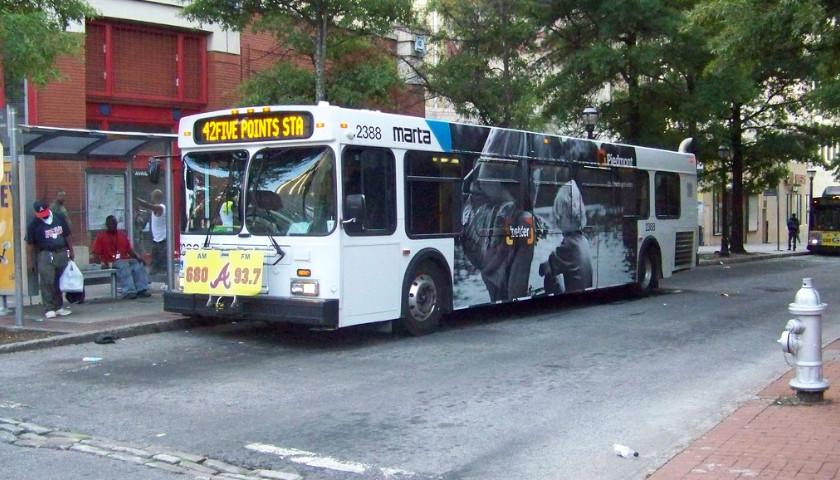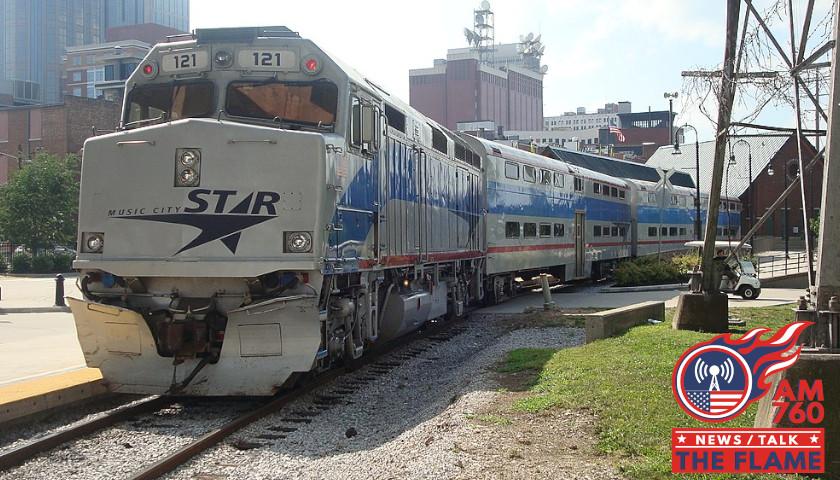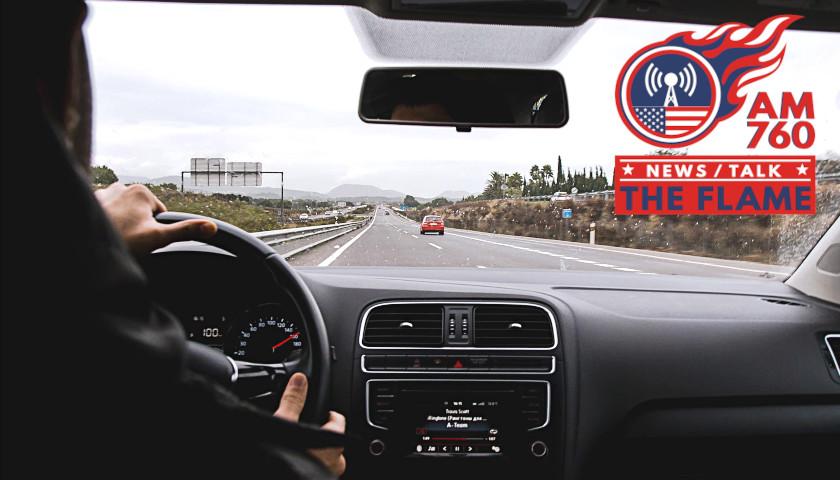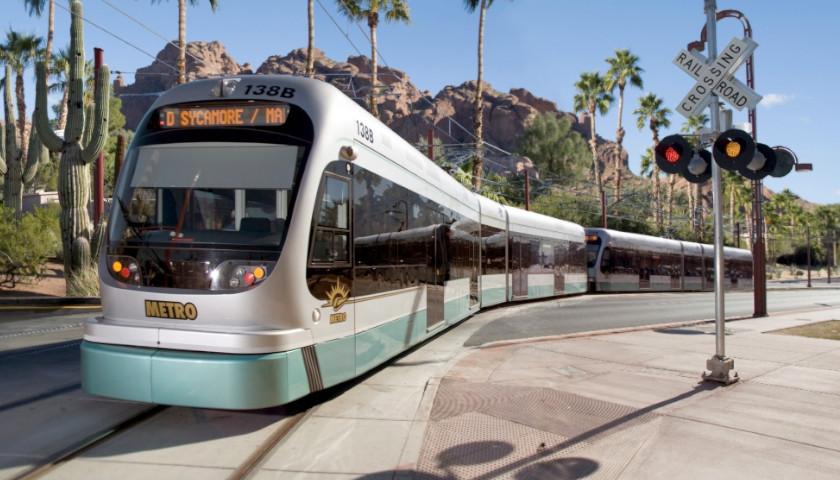by T.A. DeFeo
The Metropolitan Atlanta Rapid Transit Authority is advancing bus rapid transit for the Clifton Corridor Transit Initiative Project.
“Atlanta is not known for its mass transit system,” Wes Guckert, president & CEO of The Traffic Group, a traffic engineering firm, told The Center Square via email. “With more than 75% of the city’s six million residents driving to and from work, it should come as no surprise that Atlanta is tied for second worst place in the nation when it comes to using public transit to get to and from work.
“But, to its credit, the city is trying to build a transportation network,” Guckert added.
According to MARTA, in fiscal 2022, the agency’s sales tax revenues reached an all-time high of $665 million. Additionally, sales tax revenues for the first six months of fiscal 2023 are up 9.1% over last year, and the agency expects the numbers to hit $708.4 million this year.
MARTA reported 10 consecutive years of operating surpluses and a $729 million reserve balance for the fiscal year end of 2022.
“As travel patterns and ridership demands continue to evolve in the post-pandemic and work-from-home era, and as public transportation becomes central to sustainable urban development, Bus Rapid Transit offers the flexibility and efficiency that both cities and passengers want to see,” Amos Haggiag, CEO and co-founder of the Volvo-backed public transit planning and services software platform Optibus, told The Center Square via email.
“Buses offer the flexibility and accessibility that passengers need, now,” Haggiag said. “And BRT (Bus Rapid Transit) makes the system even more effective, getting rid of the traffic jams that cause delays for buses and that decrease faith in public transportation. BRT will also reduce the burden on public funding and be much faster to implement. That’s another important factor: Cities need public transportation and they need it now.”
MARTA has scrapped its light rail plans for the Clifton Corridor line in favor of BRT.
“BRT makes sense for this corridor, providing fast, efficient transit in dedicated bus lanes,” MARTA Assistant General Manager of Planning Shelley Peart said in an announcement.
“More and more transit expansion projects across the country are considering BRT due to its ability to provide rail-like service more quickly, with less impact, and at a lower capital cost,” Peart added. “Those features improve the project’s overall rating and therefore its competitiveness for federal funding, which we’ve known since this project’s inception would be critical to its completion.”
The Atlanta area once had a robust transit network, but 75 years ago, the lines shuttered, replaced by new forms of transportation: Automobiles. Critics have criticized the cost of MARTA’s plan to spend more than $1 billion to expand its system and replace its aging fleet of railcars.
“We see successful examples of BRT around the world, many in Latin America, such as the BRTs of Rio de Janeiro and Curitiba in Brazil. But also in Canada and across the United States,” Haggiag said.
“Atlanta needs to get more people on public transportation and out of their cars,” Haggiag said. “So, when thinking about what sort of plan will achieve that, efficiency of services and ease of use for passengers must be at the center. That’s what will create a public transit system that passengers actually use, rather than a system that simply ticks the boxes.”
Is this the right decision for the people of Atlanta?
“A few things to consider before answering this question,” Guckert said. “To start, it is important to take a look at how working from home has changed mass transit usage over the past few years. The demand to work remotely at least one or two days a week immediately cuts ridership. Transit ridership across the United States has seen a threefold decrease since the pandemic.”
MARTA estimates the cost for its BRT plan should cost between $670 million and $870 million. For comparison, MARTA said a light rail alternative would cost between $2.1 billion and $3.1 billion.
“Given all of the circumstances, Atlanta is making the right decision to focus on BRT, which aims to combine the capacity and speed of a light rail or metro system with the flexibility, cost and simplicity of [a] bus system,” Guckert said. “Comparatively, BRT is typically $20-$50 million per mile — much less expensive than light rail.
“Using the 80-20 Rule, BRT often can cost 20 percent of a light rail system but can capture 80-85 percent of light rail riders,” Guckert added. “This doesn’t mean anyone is trading quality for cost. A BRT solution has all the amenities of modern rail, such as Wi-Fi, level boarding, and off-vehicle payment systems. BRT is flexible: it can ride on dedicated lanes, but has the ability to leave those lanes and take another route if necessary. Rail, by contrast, cannot switch routes once constructed.”
– – –
T.A. DeFeo is a regular contributor to The Center Square.
Photo “MARTA Bus” by Kristain Baty. CC BY-SA 2.0.








